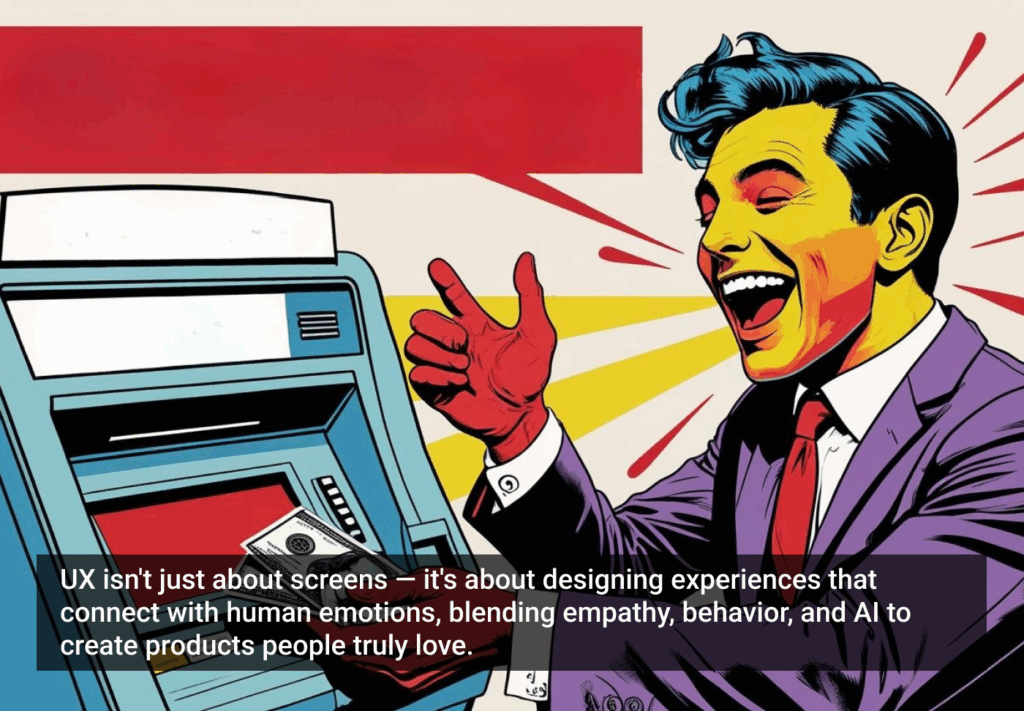If the adage that the customer is king is still true, it is especially true in government where customers are often citizens as well. Accenture’s own research shows that 85 percent of Americans believe that government digital services should match or exceed commercial service levels. The ability to have seamless experiences across channels (even across competitor platforms) defines what we expect to see everywhere – if Facebook can target ads based on your recent Google search history, shouldn’t the DMV be able to figure out that you’ve moved to a new address?
Previously, citizens expected a three to five-year lag in CX standards between government and the commercial sectors. Now, that divide is shrinking to a matter of months, which is why the White House released guidance on customer experience standards for Federal agencies. They particularly focused on 30 High-Impact Service Providers (HISPs) who have the most direct exposure to citizens and serve as the de facto face of Federal government. These agencies have enacted specific action plans to improve their customer experience efforts across key service metrics as defined by the Office of Management and Budget (OMB).
With budget pressures and increased scrutiny on government efficiency, Federal agencies must meet rising demands from citizens while also adhering to formalized CX performance standards. One powerful tool at hand is the emergence of Artificial Intelligence (AI) technologies which are proving to be a game-changer in helping public and private entities improve customer experience while actually reducing cost-to-serve. By adopting a holistic instead of an ad hoc approach, agency leaders will be able to capture the critical efficiencies that lead to larger performance improvements.
As we explore in our recent whitepaper, Smarter Ways to Serve in Federal, a conversational AI platform can help to maintain the flexibility and modularity organizations need in order to realize the benefits of AI. In this report, we highlight the following:
Solution flexibility. While AI solutions for customer service are becoming more mature, the pace of technological evolution is so fast that organizations should attempt to preserve solution flexibility as much as possible. Vendor agnosticism also allows organizations to take a modular approach in building an AI solution made up of components from different vendors based on which offerings best meet their needs. Given the pace of the market maturity curve, it helps to have a flexible platform infrastructure to keep options open for the future, especially during the iterative, early days of developing and training AI solutions. In maintaining a holistic strategy, specific use cases can be prioritized in which to pilot emerging AI capabilities.
Speed to production. A conversational AI platform can rapidly reduce the time needed to develop and launch a new customer service tool, which is critical both for recognizing results as well as for getting AI tools into production where the most impactful machine learning can take place. Instead of spending time creating the basic platform infrastructure, the focus of investment can be on customization and training the AI for specific use cases and customer groups. The reduced time to production lowers the up-front investment costs, which makes it easier for leaders to experiment with innovative approaches and solutions.
Fostering an omni-channel experience. Rather than thinking in multi-channel terms, organizations should create an omni-channel strategy with both customer experience in general and customer service AI solutions in particular. Customers don’t want to access multiple channels at once; rather, they want to feel like any channel, at any time, for any reason, will get them to the right answer as quickly as possible with minimal friction. A conversational AI platform makes it easier to launch an intelligent solution in one channel, and then expand it to other channels and/or other instances as it grows and matures.
Data at the core. Ultimately, data is the foundation on which AI capabilities can truly be enabled for any customer service organization. Investing in building an aggregated data repository will open the door to more opportunities to integrate intelligent customer service tools, and to expand those tools across uses cases as new data sources are integrated. This includes standardization and organization of regularly updated knowledge articles, FAQs, process and compliance-based documents; which in turn will enable citizen self-service and bot provision of relevant information. It also may include customer/citizen-level data which will allow self-service and AI capabilities to predict and tailor service to the specific context and needs of the individual.
Responsible AI. As agencies explore the potential of AI to improve customer experience, it is critical to be vigilant about maintaining citizen trust in the Federal government. A key aspect of this is an awareness of the inherent skepticism around intelligent solutions, even as we’re seeing that reticence rapidly replaced by a preference for automated channels.
When implemented correctly, AI platforms allow government leaders to apply monitoring and data analytics to their AI solutions in order to guard against biases in how they respond to and serve customers, and to swap out existing solutions for future ones that may offer more nuanced understanding. Solution flexibility may also allow government to include components designed and built by under-represented groups. This is critical because driving the diversification and democratization in AI design will help to eliminate hidden biases and ensure that AI “thinks” like all of us, not just some of us.
Finally, once built a conversational AI platform presents a more user-friendly way of managing AI solutions. This allows less technical government leaders to become more thoroughly engaged, much as Drupal and WordPress made it possible for generalists to build websites.
As government leaders begin to think about how AI can be employed to better serve their customers, these principles can help guide investment decisions: maintain flexibility for the future; design AI solutions for the broader organization instead of narrow use cases; ensure customer data is clean and centralized; and most of all, keep the people front and center – including those interacting with AI, those designing and building AI, and those who will manage it once it has been launched.










